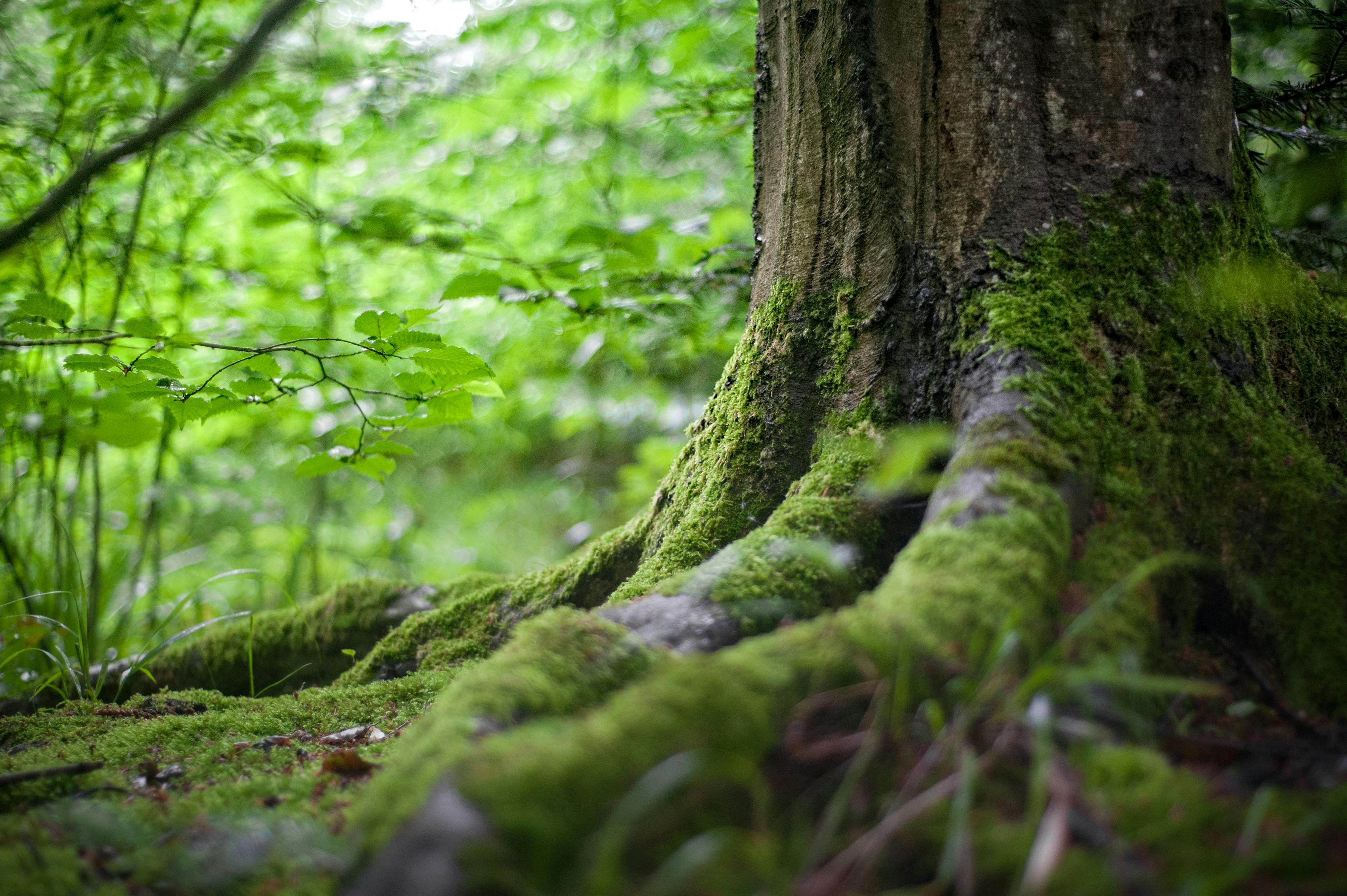"Decoding the Health Potential of Forest Bathing"
The world is rapidly catching up to a centuries-old Japanese practice known as Shinrin-yoku or forest bathing. But what is this wellness strategy all about? How does immersing ourselves in nature's embrace impact our health? Let's delve into the world of forest bathing and understand its science-backed benefits and challenges.

The Roots of Forest Bathing
The concept of forest bathing originated in Japan during the 1980s as part of a national public health program. The term “Shinrin-yoku” directly translates to “forest bath,” implying a soak in the forest atmosphere. It doesn’t involve any exercise, jogging, or hiking; instead, it encourages mindful interaction with nature—breathing in the forest air, observing the colors around, listening to the rustling leaves and chirping birds.
As urbanization progressed, Japanese health experts recognized an increasing disconnect between people and nature. They theorized that this disconnect could have adverse effects on health, leading to the promotion of Shinrin-yoku as a preventive healthcare and healing practice.
Modern Research on Forest Bathing
Modern research validates the wellness potential of forest bathing. Several studies have found that spending time in forest environments can reduce stress, lower blood pressure, improve mood, boost the immune system, and increase energy levels. The secret lies in the forest’s phytoncides—natural oils emitted by trees. These oils have antimicrobial properties, and breathing them in can enhance our immune function.
The calming effect of forest bathing is also attributed to its ability to help people disconnect from technology and the constant rush of modern life. It fosters mindfulness, which is a key component in reducing anxiety and promoting mental well-being.
The Science Behind Forest Immersion
The benefits of forest bathing are not just placebo effects—they are rooted in science. When we immerse ourselves in a forest environment, our senses are bathed in a multitude of natural stimuli. The sights, sounds, and smells of the forest environment can have a profound impact on our nervous system, reducing stress hormone production and promoting feelings of relaxation and calm.
Challenges of Forest Bathing
While forest bathing is a promising wellness strategy, it is not without its challenges. Accessibility is a significant issue. Not everyone has easy access to safe, tranquil forest environments. Furthermore, certain groups, such as people with mobility issues, may find it difficult to physically engage in the practice. It is also vital to remember that forest bathing is a complement to traditional medical treatment, not a replacement.
Decoding Health Tips from Forest Bathing
- Incorporate elements of nature into your daily life. If you can’t go to the forest, bring the forest to you. Houseplants, nature sounds, and visual reminders can help.
- Practice mindfulness wherever you are. The core of forest bathing is being present in the moment.
- Engage all your senses. Whether you’re in a forest or your living room, take the time to really see, hear, smell, touch, and even taste your environment.
In conclusion, forest bathing represents a holistic approach to wellness, emphasizing our inherent connection to nature. While it is not a panacea, it offers a powerful tool for stress management and overall health maintenance. As we navigate our increasingly digital lives, practices like forest bathing remind us of the healing power that lies just beyond our screens.





